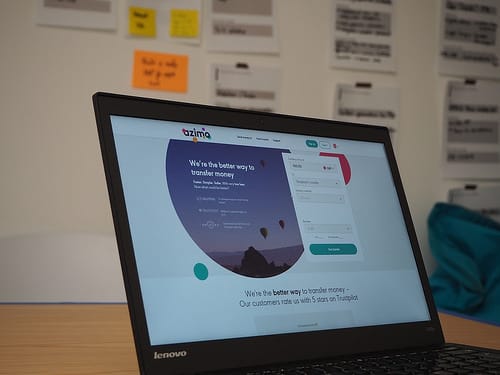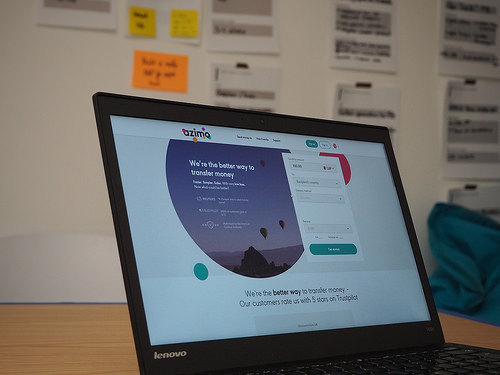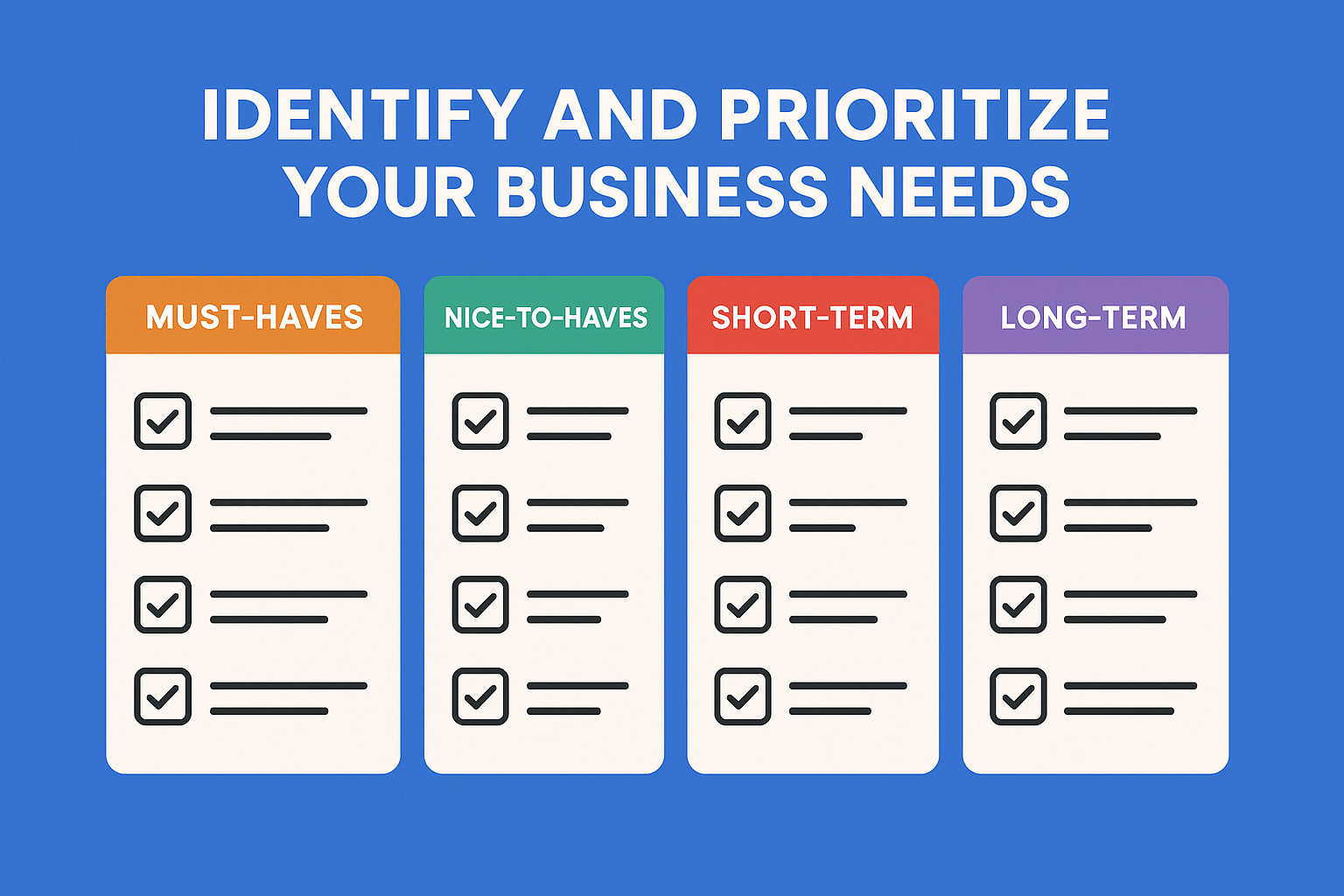eCommerce Replatforming Checklist: A Step-by-Step Guide for Small Businesses
Struggling with eCommerce platform limitations? Use our practical replatforming checklist to assess your needs, compare options, and plan a smooth transition—built for small business growth.


 Damian Gonzalez
Damian Gonzalez




